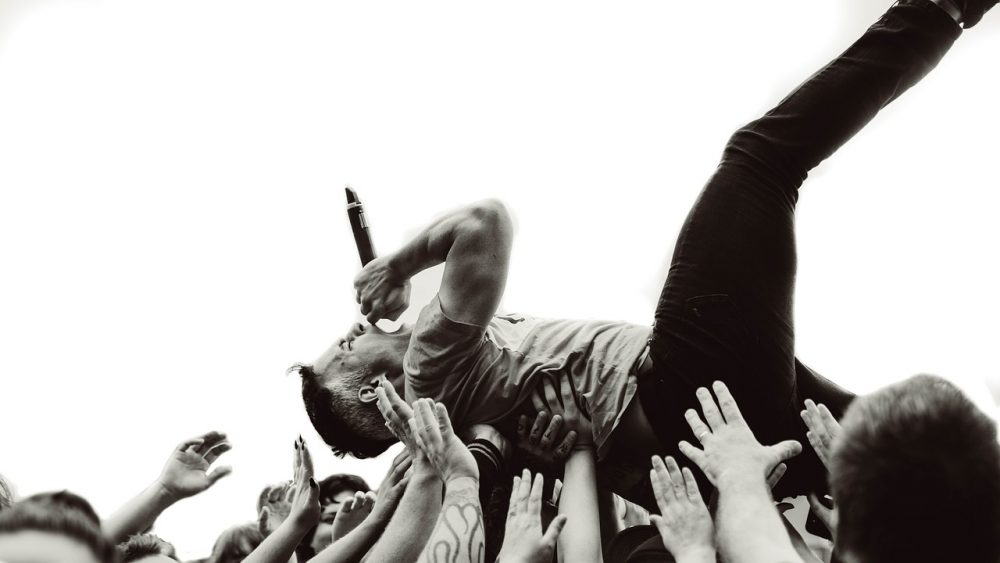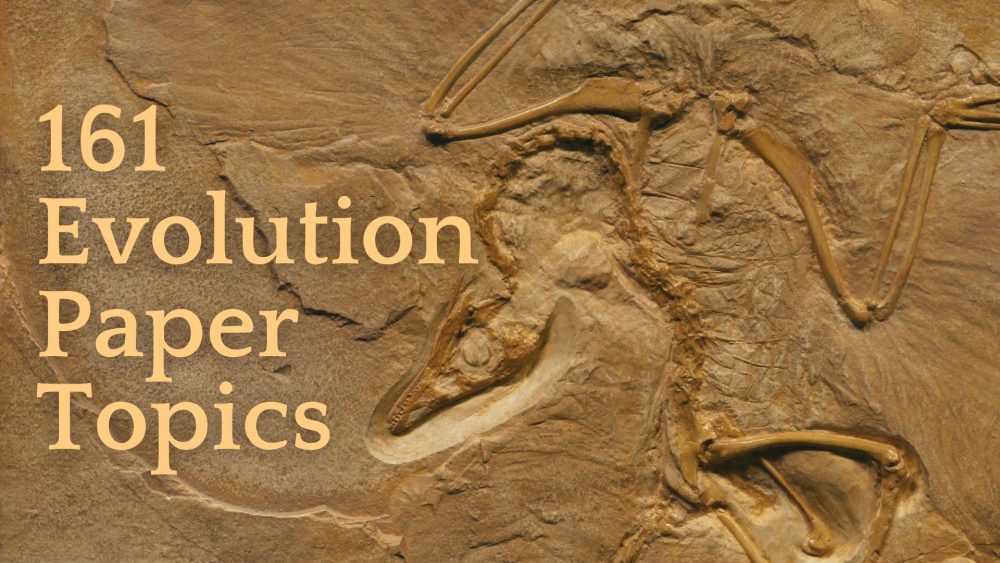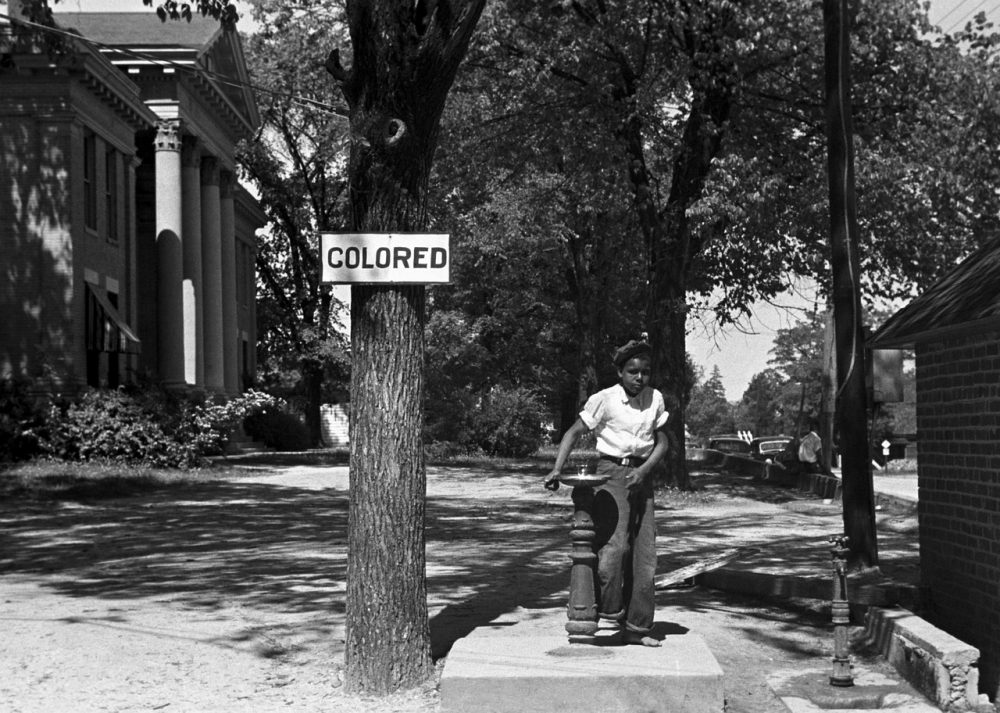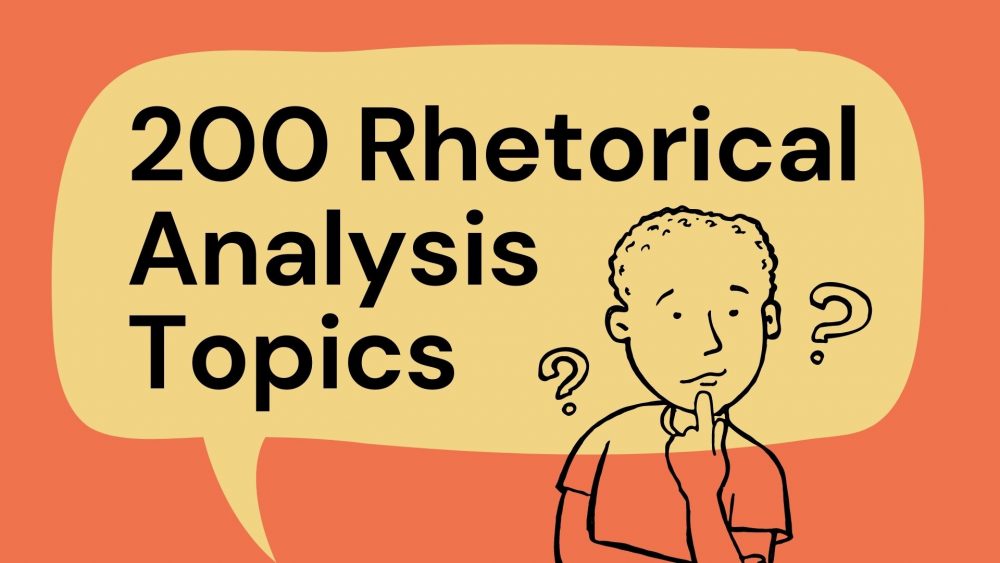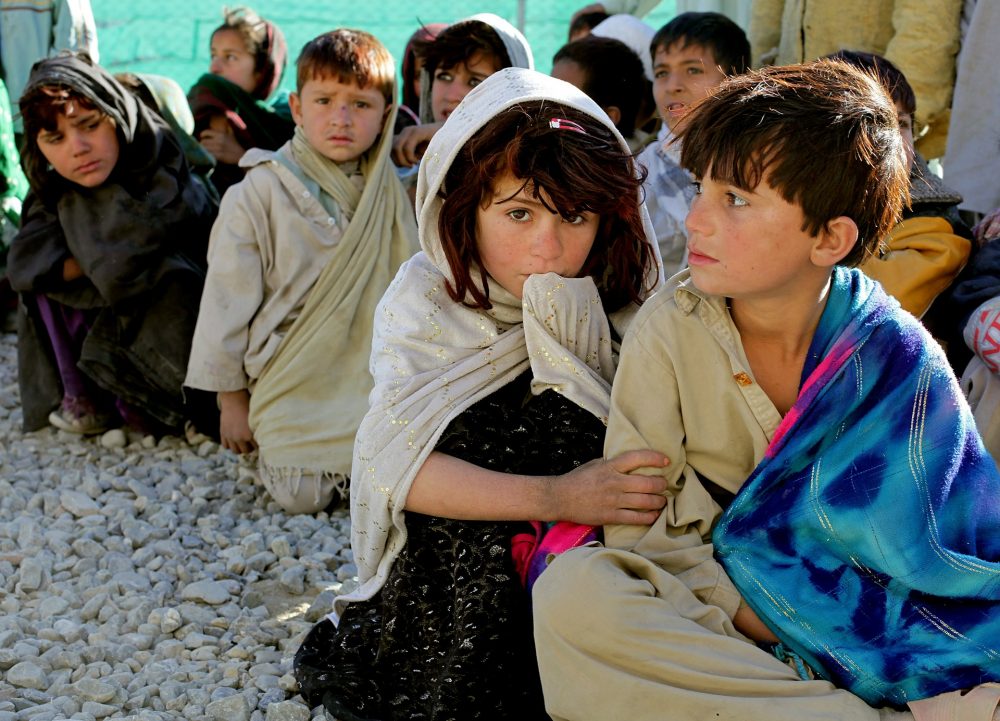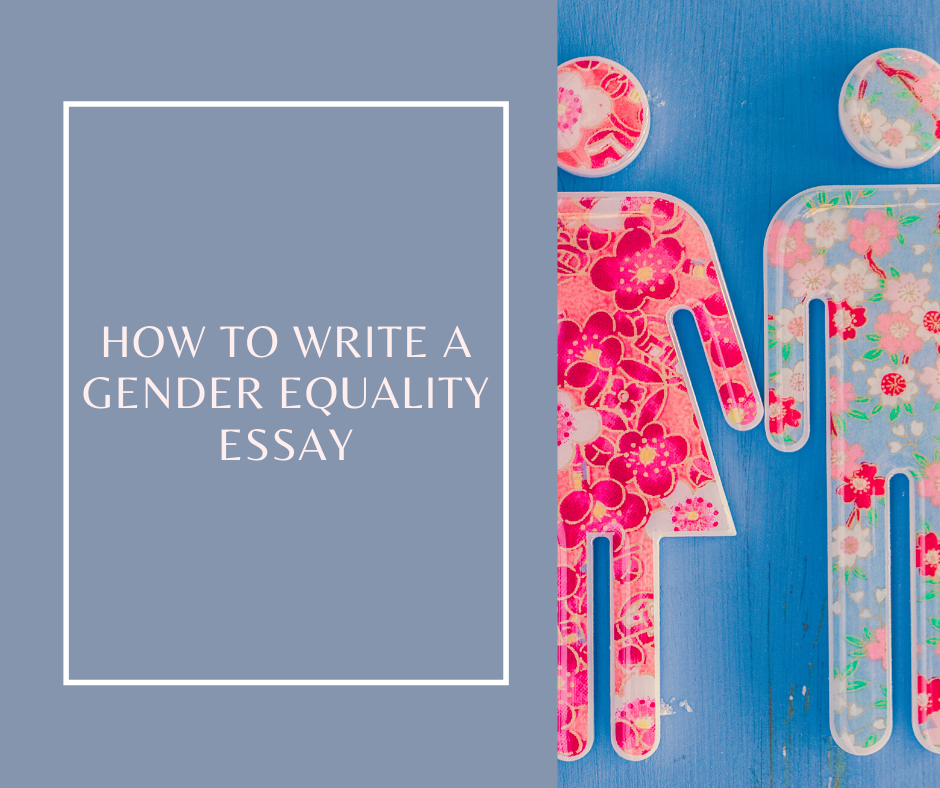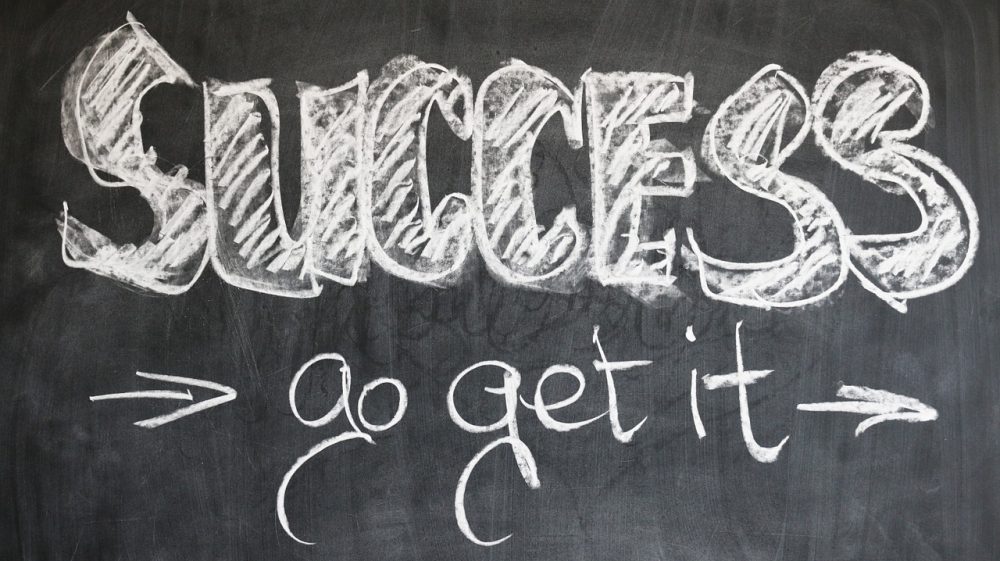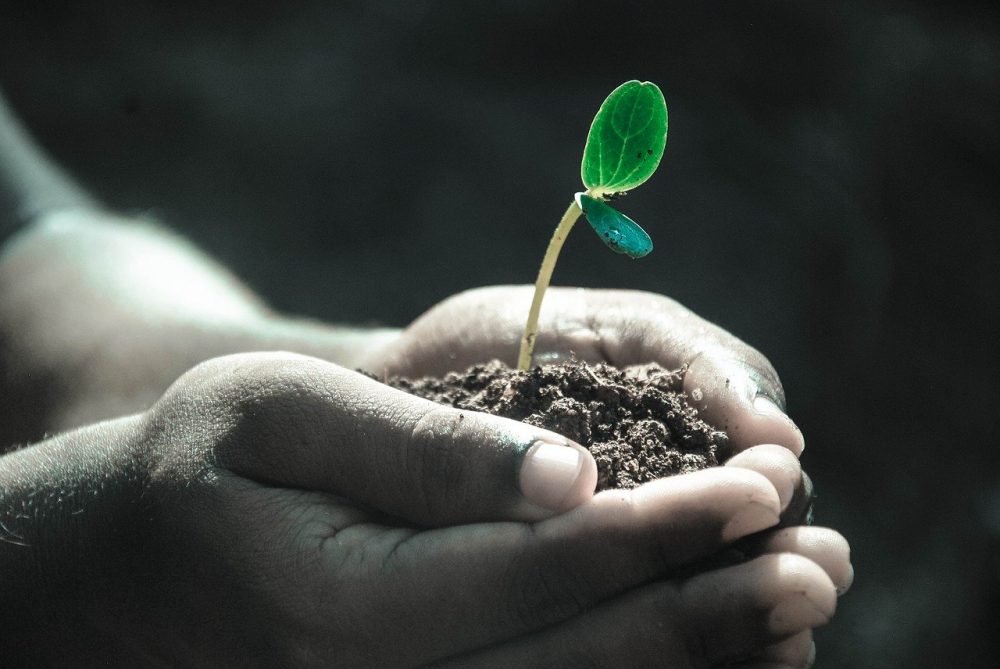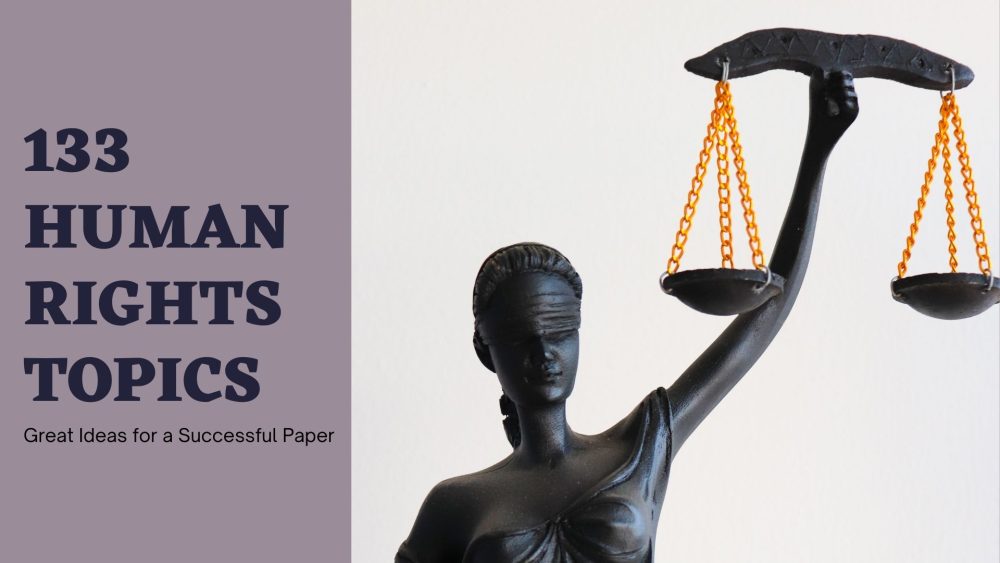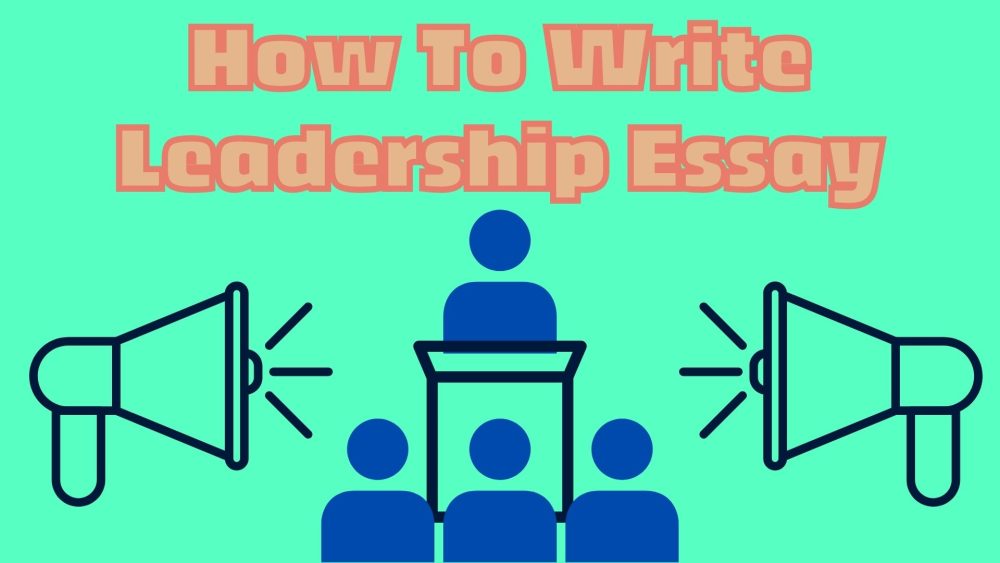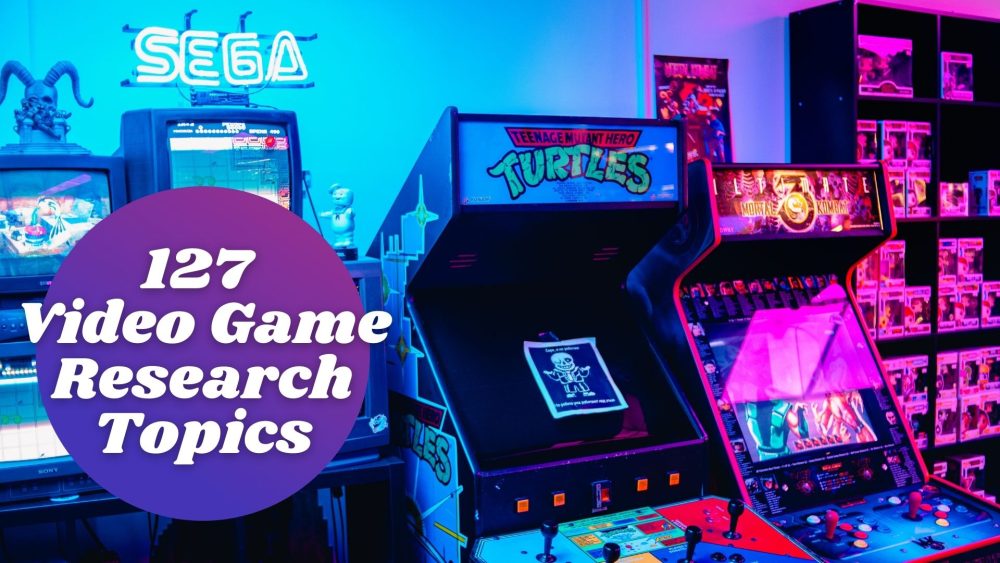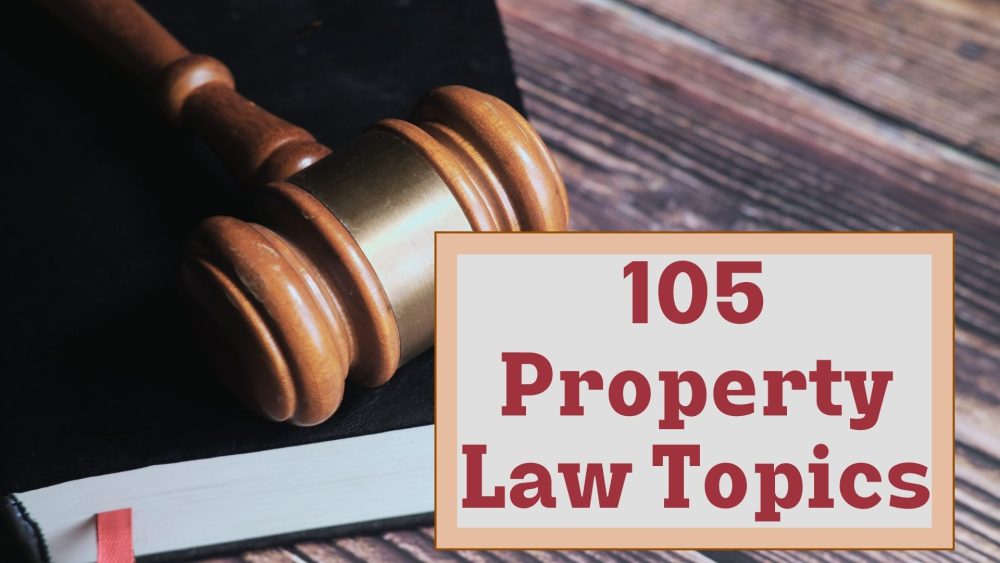Did you know you can write a topnotch concert report essay without necessarily having to attend one? We are going to see how you can painstakingly achieve that and beat the wildest concert-goers of your class. Using well researched and original concert report essay samples herein, your mind will be opened to a whole new world of opportunities.
However, before we delve deeper, here is something you need to know about concerts.
Different Types of Music Concerts
The term concert is a “wholesale” name containing many different genres therein. Some of these include:
- live
- piano
- symphony
- jazz
- classical
An understanding of the various concert genres will ease your essay by writing a great deal. That is why this article is specially tailored to enlighten you on each of them.
Jazz Concert Report Essay
It is a type of a music concert report essay involving a more soulful and free kind of music. Jazz music majorly relies on rhythmic urgency and improvisation. It, therefore, implies that the jazz musicians create music on the spot, as and when they are performing.
To effectively write a jazz concert report essay, you have to expound on:
- The performance effect on the mind
- Expectations and moods of the listeners
- Improvisation (a significant proponent)
- How the artists interact during the performance
Jazz music is an ever-evolving genre, and hence you should be up to date with the latest trends as they come.
Jazz Concert Report Sample
On my first trip to a jazz concert ever I choose to go to the Blue Whale jazz club, art gallery and bar that is located in Little Tokyo Los angels . I choose to go to the venue because I love to go to Little Tokyo over the weekend, and plus the ticket for the show was only 15$. Since its launch on December 2009, The Blue Whale offered one of the best live music shows in the L.A area. Also, The Blue Whale offers a unique opportunity to enjoy the artists music in very close range, as setting on the stage is completely allowed to encourage an intimate bond for both musicians and fans. I feel that this event is related to our coursework because part of our course is to listen to and study music from different eras including Classical American music like Jazz.
“Jungle Jazz”, which is the name of the event that I attended, was created by four composers. Daren Johnson, who was the lead Saxophone player. Errol Cooney, who was the Piano player. Benjamin Shepherd who was the Bass player. And Euro Zambrano who was the Drummer of the night. Also, Munyungo Jackson was in the event as a Percussion, who is an artist with over 50 years of experience in playing instruments and has performed with great musicians like Miles Davis, Stevie Wonder, Sting, Herbie Hancock.
Throughout the course of the concert there was a mix of modern jazz and old jazz, and one of the old pieces that was played in the event was a piece called “Blue Monk” by Thelonius Monk. A song that was requested from a member of the audience, which I didn’t know was a famous song by a well-known and respected artist. However, it stood out to me because people around me sat in silence appreciating this song that I didn’t know was that well-known, but while I was lessening to it I noticed that the saxophone was playing the same tone over and over in reputation. At first I thought it’s a little bit boring, but over time I found it very relaxing. Plus, the harmony of all the instruments mixed together allowed me to enjoy this piece of great music with the crowed as if I know it before.
One of the many observations that I can point out is that I liked the idea of having no distance between the artists and the crowed. Moreover, the fact that if desired a portion of the crowed can set right on the stage next to the artists which was one thing that insured a great musical experience for me. It also helped me to get one of the constructors signature at the end of the show because of the close distance between the crowed and artists.
In conclusion, this concert at Blue Whale was by far one of the best experiences for me in America, even though that I was a bit reluctant to go to a jazz concert at the start because I have never been to one up until that point. I enjoyed the performance of the band in general and I’m looking forward to attending more concerts for this course as I have a passion of listening to different types of music that I wasn’t introduced to before like jazz.
A Piano Concert Report Essay
Where would music be without the piano? They are ubiquitous wherever music is made. In such a concert, large grand pianos take center stage with an experienced pianist entertaining the audience.
The piano concert depends on traditionally crafted but ethnically flavored compositions to liven up the audience. Such a concert report requires the learner to be able to identify the following crucial elements:
- The harmonies
- Dissonance
- Mechanical moments
The elegant simplicity of expression can also act as a determinant for the success of such a music concert. They are, however, rare as compared to the other types of music concerts.
Piano Concert Report Sample
On the 10th of November 2014, Michael Phillips conducted the USA Symphony Band at the University of Southern Alabama Department of Music. They performed six pieces, including works by J. S. Bach and Gustav Holst. The works represented a variety of styles and time periods, as well as artistic purposes and influences. Phillips conducted all the pieces except for one by Debussy, that was lead by Greg Gruner, a guest who took the stage for the fifth of six works. The symphony did not seem to feature a particular performer, but it did not the flutist Ivan Merriweather and trumpeter Paige Nelson.
The work by Holst, “In the Bleak Midwinter,” reflects a grand and somewhat energetic sound. He incorporates dynamics that range from very high and fast to low and slow. This reminds me of his work in the Plants that also features bounding strings and trumpets but also the space-like tunes of the flute and percussion. After Holst came Grainger’s “Carol” that derives from his original piano work. However, unlike Holst, Grainger breaks much of the traditional mold and uses eccentric and at times odd sounds and arrangements. For example, he includes syncopation and percussion that interrupts the flow of the song.
J. S. Bach made the list as the symphony performed “Jesus, Joy of Man’s Desiring.” His religious tune mirrors his royal style. The trumpets of course get a front placement for this work and the song made me want to march around and praise something. Korsakov’s “Polonaise” followed which included vocalists for a less bright mood. His work was not all together eerie, but it did dim the mood a bit in the concert hall. Accompanying or underlying this musical work is an interesting story. It includes the devil and other fantastic characters as described in the program. I do not have space to elaborate, but it deserves another listen and close reading of the story.
Debussy next appeared and as usual, his soft and delicate melodies lightened the performance and the audience. The flutes and clarinets seemed to be a favorite, and the brass played much in the background. The guest conductor seemed to have a special touch for the Frenchman’s work. The night concluded with Shostakovich’s “GALOP.” It was big and strong, and constituted a firm finish for the evening.
Overall, I truly enjoyed the concert. My favorite aspect was the variety of pieces performed. I do not know what cohered all of the composers or the selection of songs, but getting to hear from so many time periods and styles increased my appreciation for classical music. The low point was Grainger’s work. I do not care for the modernist style of “classical” music. It does not flow well and seems to be making less beauty than disorganization. While I want to respect his work, I do not enjoy it.
However, if I was a trained professional, I might like Grainger more. Some of the audience seemed truly intrigued by his piece. However, the majority of the crowd was soon ready for another tune. I think that this shows the level of musical expertise in the room. It was largely a less than music attendance. The other pieces were more easily enjoyed by me and those I sat near to. We discussed a bit of this after the show, when a lady asked me what I thought of the whole thing. I shared my thoughts and she mostly agreed. However, she comes to these concerts most every month. So I was assured that my tastes were more normal than not. In addition to my sense of normalcy, I think the symphony exhibited a high level of skill. They did not only play a broad scope of music, but they seemed to adapt to each piece. They played first not as the USA Symphony Band but as the original composer intended the music to be played.
A Symphony Concert Report Essay
Such concert features many musicians who are led by a conductor. The whole instrument family is well represented in this kind of music genre. A soloist or a chorus may be added at times in a symphony concert. The instruments to watch out for include wind, string, brass, and percussion.
Symphony Concert Report Essay Sample
Attending the USA Symphony Band Spring Concert at the Laidlaw Performing Arts Center Recital Hall was a new and enjoyable experience for me. While in the past, I would not have thought to attend such a concert, I was glad that I did because I was able to experience live music in a way that I did not have much experience in. The attendees were attentive and positive; the musicians really seemed to like performing and derived pleasure at pleasing the enthusiastic audience. The audience wasn’t huge, but there were enough people there to make the concert worthwhile.
The first piece that was performed was “Midnight on Main Street” by Brian Balmages. It featured a guest pianist, Robert Holm. The music began with a fast tempo played by the brass sections. The cymbals were also used to accentuate the ends of musical phrases. The music had a feel of “busy-ness,” especially when the woodwinds joined in near the beginning of the piece. A minute or so into the music, the pianist began playing, and for a while, he just played a single note repeatedly over and over. After a brief pause, the tempo slowed way down and the pianist began playing in tandem with a French horn; this created a somber and melancholy feel. The piece continued on for about eight minutes, alternating between the peppy brass inserts and the slow, melodic piano parts. At the end of the piece, there was a repetitive crescendo.
“Dusk” by Steven Bryant was played next, and it opened with a single woodwind backgrounded by occasional low brass. A single melody ebbed into a multiple-part harmony as the song progressed. The band seemed kind of out of tune during this song. The tempo was very slow and gave a feeling that something was building up. This was a shorter song, maybe under five minutes, and there never seemed to be a climax to all of the buildup.
Following “Dusk” was a song entitled “Sun Dance” by Frank Ticheli. This was also a shorter piece. It opened with a small snippet of brass and then an oboe took over and played a simple melody accompanied by random sections of brass, woodwinds, and percussion. The tempo vacillated between fast and slow, and there was not a lot of differentiation between the different sections of the song. There were some brass and percussion crescendos, some woodwind melodies, and multiple runs and trills that ended with cymbals and percussion accents.
March from “1941” by John Williams was the final piece in the concert. It began in a similar fashion to many of the other pieces during the concert with a marching feel played by percussion, low brass, staccato notes, and high woodwinds and flutes. There were repetitive musical phrases throughout. Again, it sounded of Americana, like a patriotic song, a victory march. It built to a steady, marching beat and maintained this throughout.
In general, the entire concert seemed like a “feel good” American music concert with the exception of the “Ave Verum Corpus” piece, which was somewhat out of place among the other pieces. The audience was appreciative, though, and it was an enjoyable experience overall.
Do’s When Writing a Concert Report Essay
- Have a rich background knowledge
- Know your audience
- Follow the correct writing style and format
- Capture the minute details of the concert
- Comprehensively evaluate the time, location, venue and audiences’ response
- Maintain objectivity
- Use colorful adjectives in your description
Don’ts When Writing a Concert Report Essay
- Avoid clichés such as entertaining, or exciting
- Do not exaggerate the concert
- Avoid personal pronouns
- Do not overuse quotes
- Avoid the temptation of using slang language just because it was a concert
Bonus Tips
To make your concert report essay more appealing, ensure that you include the following:
- Evaluate concert management
- Seat arrangement
- Venue space
- Audience response
- A famous quote said by the musician
You also have the liberty of giving your honest opinion on how the concert was. For instance, you can say what the show lacked or what can be improved on in the latter events.
The acoustic quality of the musical instruments should also be in this concert report essay. Give your impression of the concert, whether it met your expectations or not.
Ask For Concert Report Writing Help
In this type of essay, the experience would prove helpful. It would help if you endeavored to understand music as a whole to use the relevant vocabulary in your paper aptly. Knowledge of the audience and the right format are also essential for a topnotch concert report essay. Hence, this article can act as a stepping stone towards attaining that top grade.
What can stop you now? Well, go ahead and give it a try.
Are you seeking professional writing assistance for your essay assignment? Worry no more; you are in the right place.
